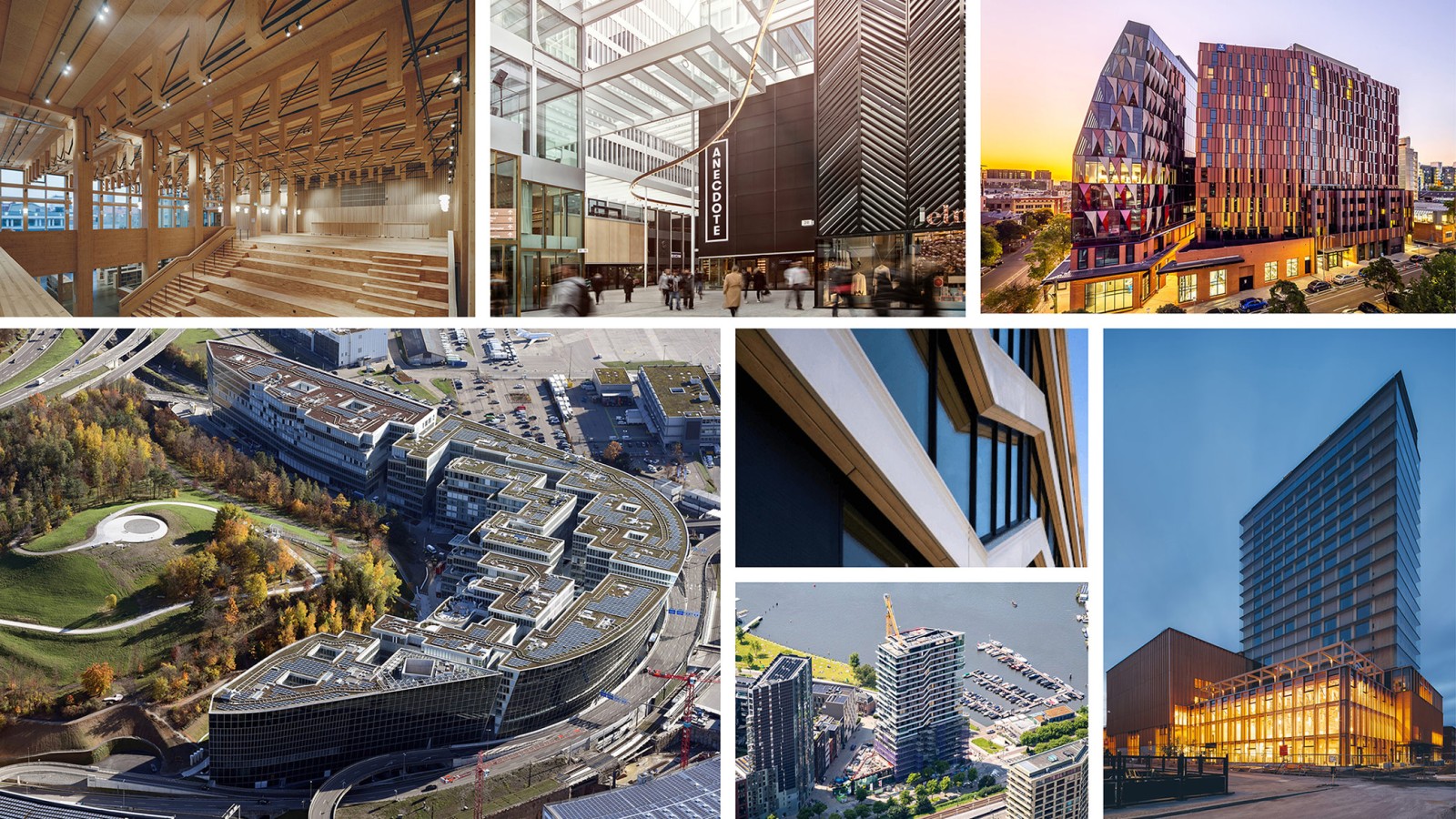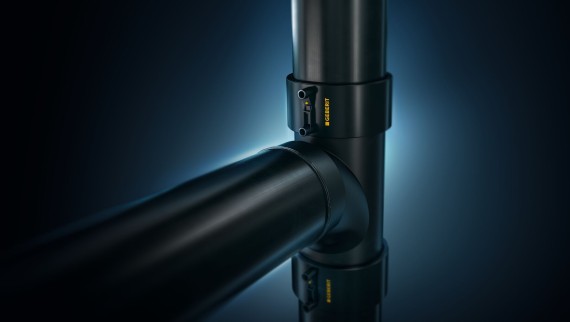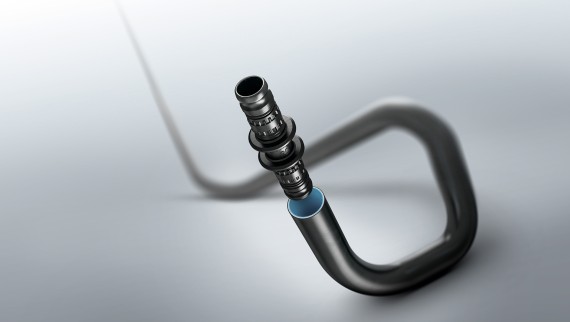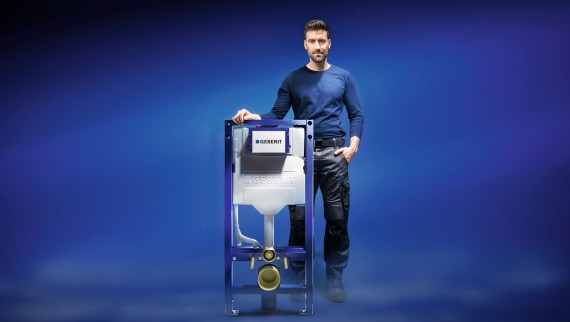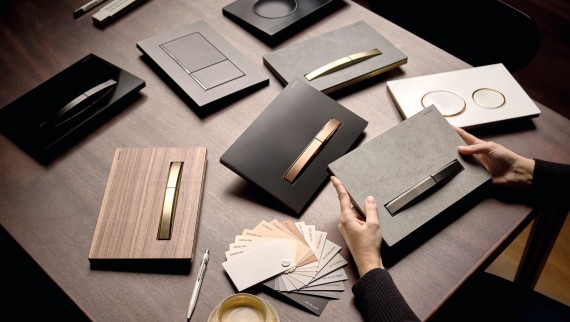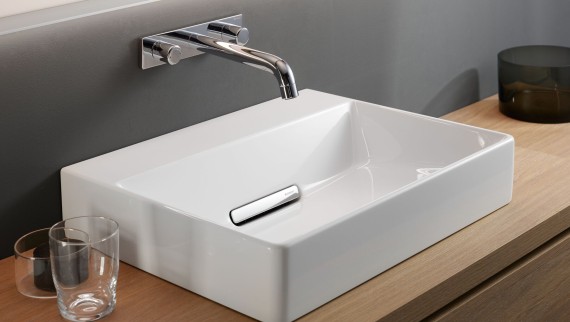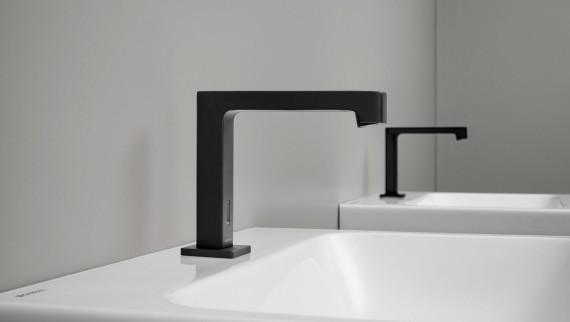"You need patience and focus" Interview with architect Jonas Vanbelle
The Rubens House in Antwerp was once the home of baroque painter Peter Paul Rubens - the area is currently being renovated. The new entrance building was designed by the renowned firm Robbrecht en Daem architecten. Architect Jonas Vanbelle explains how the balancing act between old and new has been achieved.
Old meets new – a major theme at the Rubens House in Antwerp. How did you approach this?
We wanted to design a building that doesn't push itself to the fore, but rather fits humbly into the area. It should not get in the way of the most important lines that result from the garden and the surrounding buildings.
Anyone working with historic buildings is usually confronted with severe restrictions. How did it go in this case?
A new building in the middle of the historic site with the former home of baroque painter Peter Paul Rubens was a bold project. That's why it was preceded by a very long process with the heritage authorities. At first, they didn't want a new building. But then we found a way: we had to reduce the size of the building slightly and move part of the façade to the rear. In addition, the heritage authorities demanded that the garden be redesigned – but that helped the overall project. Such processes take time. It starts with comprehensive research into the building and the needs of the stakeholders. Then a dialog begins. This is how architecture works today: first you have to get everyone around the table.
How do you reconcile the historical context with modern sustainability requirements?
We are committed to constructing durable buildings that can adapt to the needs of society over time. That is also a kind of sustainability. Our generation should give old buildings a new destination instead of tearing everything down and building something new.
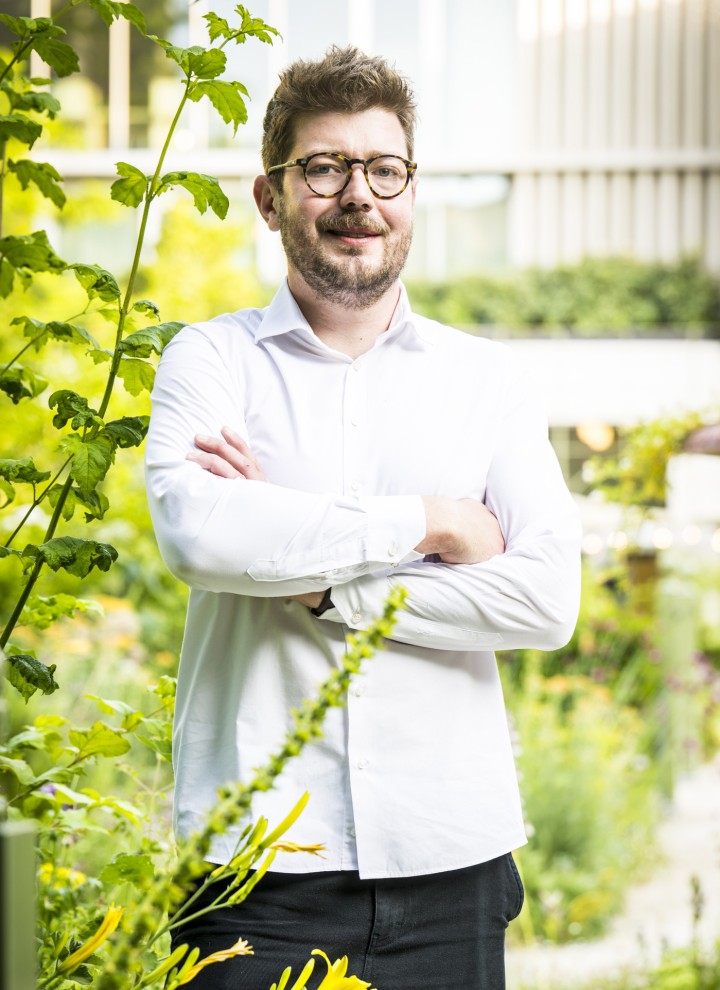
Saving water is also an aspect of sustainability in the Rubens House.
For example, the rainwater from the roofs is collected in tanks under the garden. We water the garden with it, but also use the rainwater to flush the toilets.
Does this mean that Geberit products also contribute to saving water?
Indirectly, yes. However, we can't choose brands for public buildings like the Rubens House. We therefore specified in the project description what the products should stand out for – in terms of design, but also in other aspects. Longevity was important to us. This building is frequented by 220,000 visitors a year, so the sanitary facilities need to be able to withstand a lot. We also wanted a design that would still look modern in years to come. Geberit products are both durable and timeless.
You’d actually think of the architect more as a decision-maker ...
That used to be the case. Today, we are a team with different areas of expertise. We talk to each other. And the design emerges from all these discussions. As an architect, I'm more of a project coordinator.
Isn't that the death of creativity?
Yes, sometimes. But there is also creativity in the new way of working - in finding solutions, for example. That doesn't always mean compromises. One of the founders of our office, Paul Robbrecht, always says: you need patience and have to keep your focus. Sometimes we ask ourselves: would Peter Paul Rubens agree with the building?
And would he?
The director of the museum says: Rubens was never satisfied. We would definitely be grateful for his suggestions.
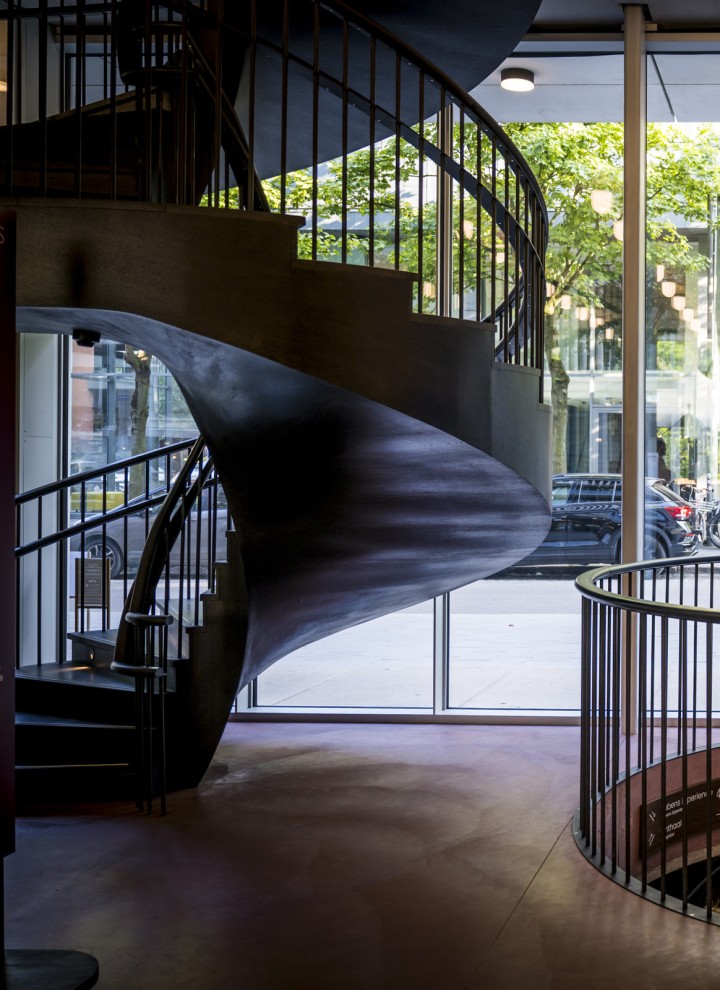
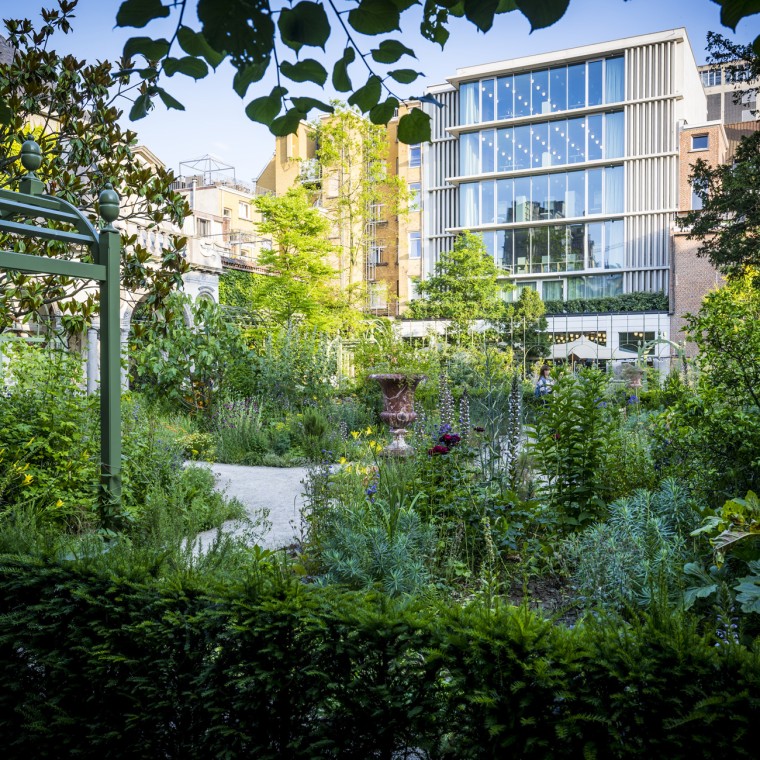
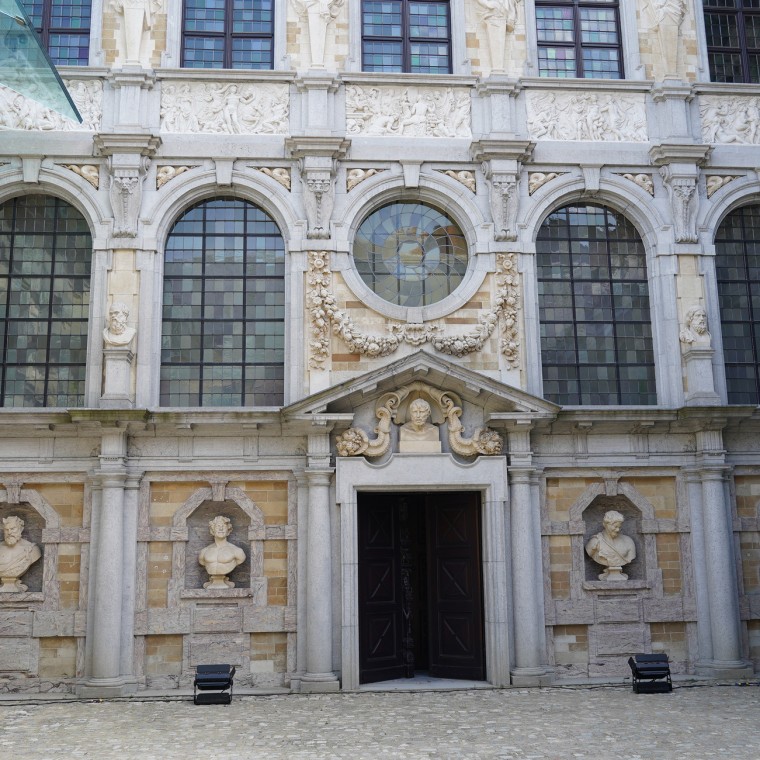
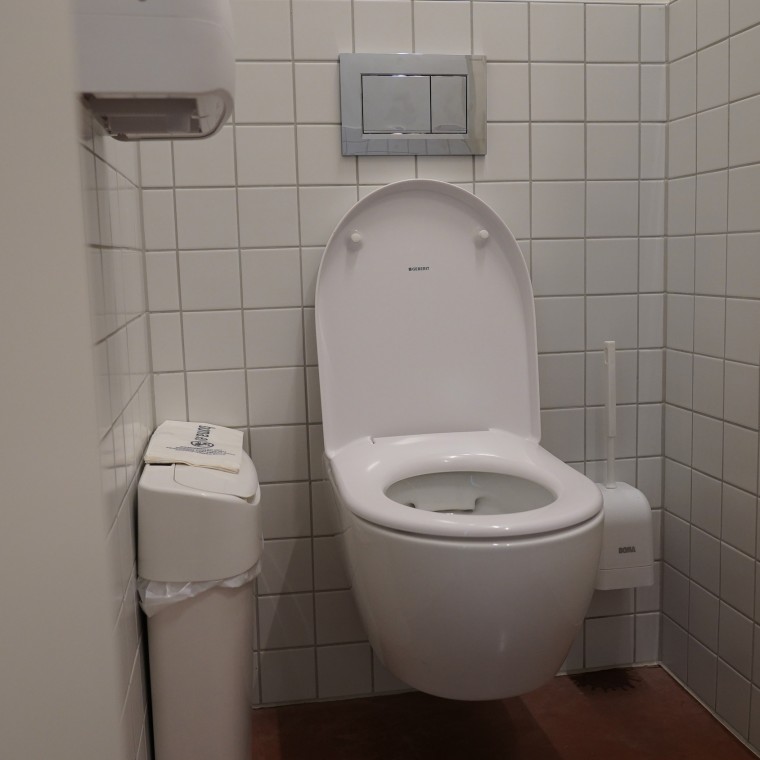
| About The Rubens House |
|---|
| The Rubens House in Antwerp was once the home and studio of baroque painter Peter Paul Rubens. The 400-year-old building and garden have been preserved to this day. With the new entrance building, Robbrecht en Daem architecten have designed a modest yet striking link between the garden and the oldest buildings. Robbrecht en Daem architecten have been realizing projects throughout Europe for 50 years, ranging from architecture and infrastructure to interior design and landscape design. Jonas Vanbelle was the responsible architect for the first Rubenshuis project. |
Facts
Geberit Know-how
Geberit products used in the project
- Geberit PE drainage system
- Geberit Mepla supply system
- Geberit Duofix elements
- Geberit iCon WCs
- Geberit Sigma30 square actuator plates
- Geberit Renova Comfort WC
- Geberit Renova washbasin
- Geberit Piave taps
Architects
Architects
- Architecture: Robbrecht en Daem architecten
- Completion: 2025
Subscribe to eView The Geberit newsletter for architects
Whether it’s spectacular hotels, skyscrapers, museums, residential buildings, or exclusive designer villas – innovative Geberit products and solutions are used in projects around the world.
In our eVIEW newsletter, we highlight the most exciting projects. Get inspired – and receive selected architectural highlights straight to your inbox three times a year.
